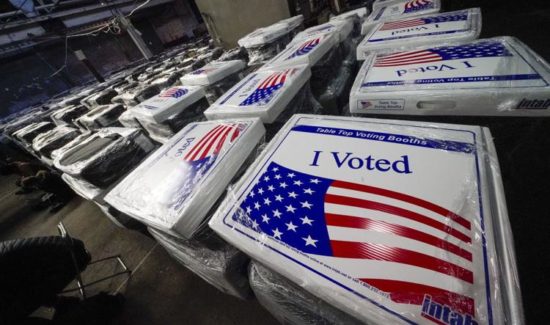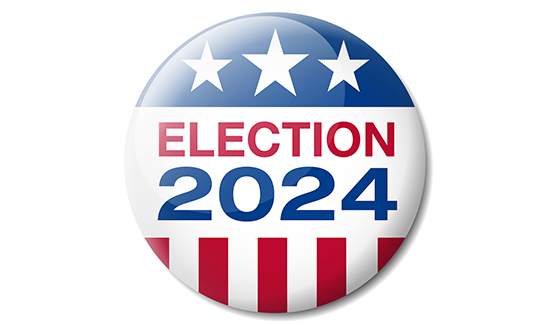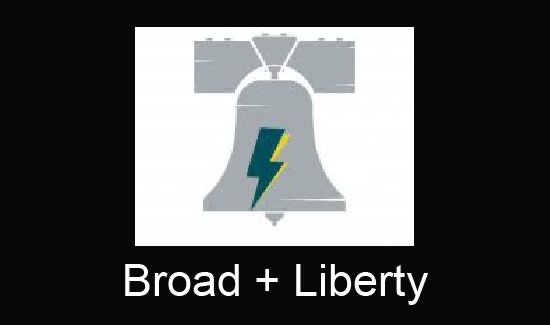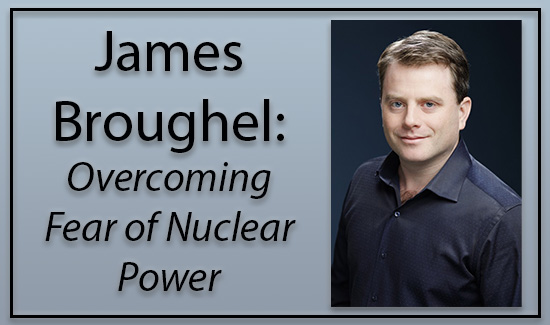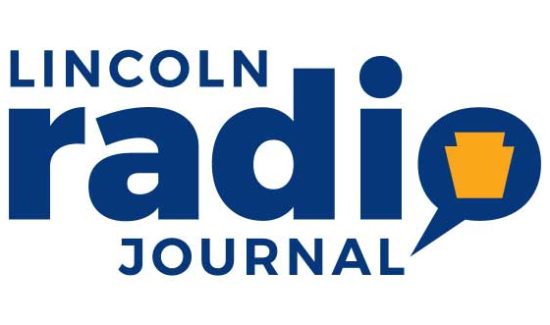Pittsburgh Public Schools Must Get On With Right-Sizing
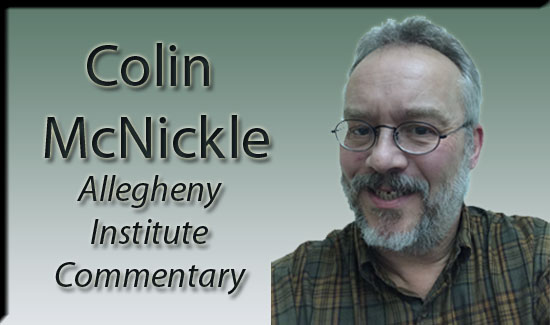
By Colin McNickle
Moving forward this year with a plan shelved two years ago to close six Pittsburgh Public Schools (PPS) buildings is imperative for the district to reduce its expenses for the benefit of taxpayers, concludes a new analysis by the Allegheny Institute for Public Policy.
“Those closures were part of a plan to relocate, reconfigure, add and close school programs that was estimated to produce net capital savings of $46.1 million and annual operations savings of $2.6 million,” reminds Eric Montarti, research director at the Pittsburgh think tank.
The PPS school board tabled the resolution on Feb. 2, 2021.
“The unwillingness … to act in an expeditious manner to close and sell unused buildings while enrollment falls and the already outrageous expenditures per student move ever higher is an affront to taxpayers,” Montarti says (in Policy Brief Vol. 23, No. 4).
Not only have the buildings originally slated for closure grown two years older, enrollment has continued to fall. The count, as of Oct. 1, 2022, shows there were 18,652 K-12 students, a 2.6 percent decrease from Oct. 1, 2021. If the functional capacity of buildings did not change, the utilization percentage fell.
And that enrollment will continue to fall. According to state Department of Education projections, the PPS student census will shrink through the 2031-32 school year and be surpassed by school districts in eastern Pennsylvania, including Central Bucks, Reading and Allentown.
“Having excess space compound the problem of PPS’ high costs, driven by buildings as well as personnel,” says Montarti, referencing the district’s Annual Comprehensive Financial Report.
It shows that from 2019 to 2021, school enrollment decreased 11 percent. The number of principals, supervisors and assistant principals, teachers and librarians decreased 5.1 percent. The remaining employee count rose 3.8 percent. Overall, the total employee count fell from 4,002 to 3,955, or 1.2 percent.
But, “If employee headcount fell at the same pace as enrollment, PPS would have had 3,562 employees in 2021. The cost per pupil was a stunning $34,343,” Montarti notes.
Sadly, the district itself appears to have inserted a poison pill into any plan to expeditiously sell old school buildings when, in October 2021, PPS’ policy manual section on selling buildings and land was revised.
Added were requirements for prospective buyers to describe what they plan to do with the property, to involve community groups and to contact the City Council member whose district includes the property.
“These additional requirements … are major obstacles that are almost certain to reduce [PPS’] ability to ‘maximize its use of buildings and land in a fiscally responsible manner,’” as per the state Public School Code, Montarti says.
“If a community group disagrees with a sale or the board or a City Council member does not feel a developer’s plan for an unused building is the ‘highest and best use,’ then a prospective sale might fall through, leaving the property tax-exempt,” he adds.
Thus, Pittsburgh Public Schools officials should be asked if they are serious about selling buildings and land.
“Since the state Legislature provides a huge fraction of PPS revenue, perhaps it should question the dilatory actions of PPS in selling some of its enormous excess capacity,” the think tank scholar says, noting that a property tax increase at the end of 2021 (from 9.95 mills to 10.25 mills) might have been avoided if there were more emphasis on reducing costs.
“What would taxpayers choose for 2024—a district with a smaller footprint that has sold off buildings and realigned schools or another millage increase?” Montarti asks.
“It is likely the former, which should prompt the board and the administration to move in that direction and put additional properties on the tax rolls. It would be a win-win, as the expression goes,” he concludes.
Colin McNickle is communications and marketing director at the Allegheny Institute for Public Policy ([email protected]).


